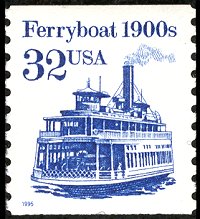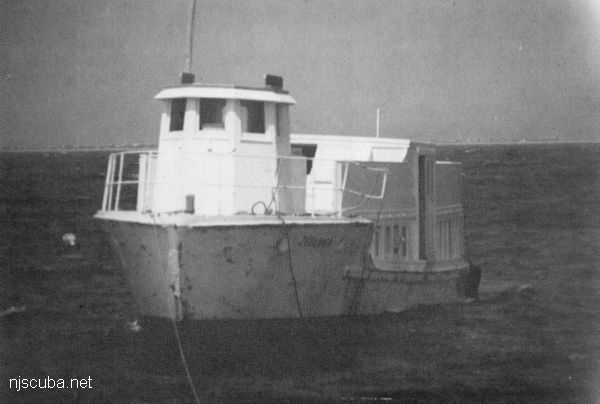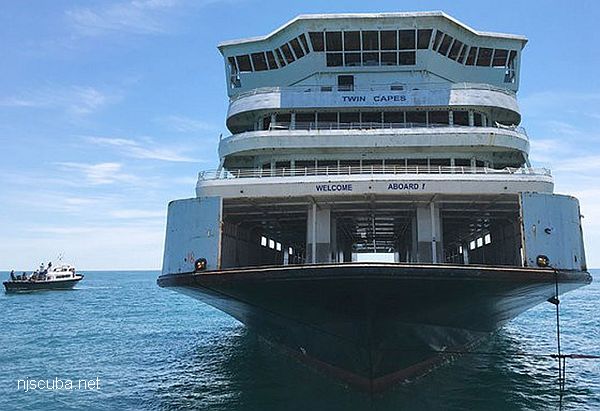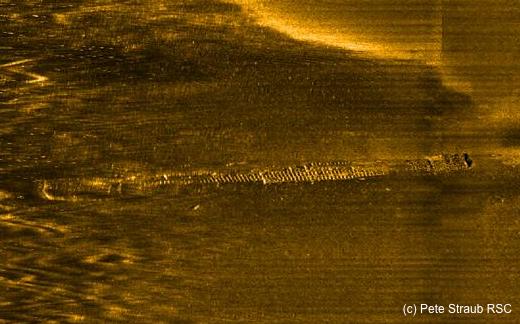Ferry
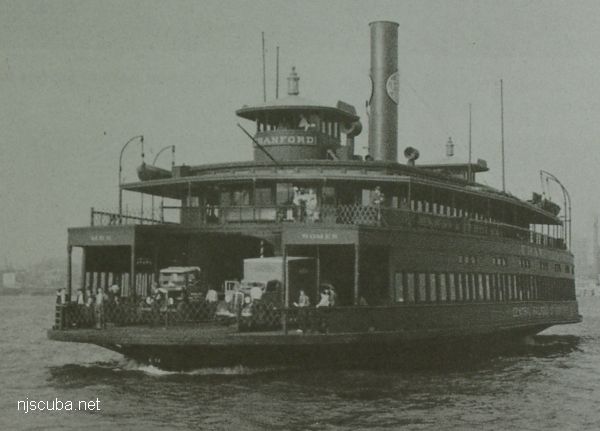
A ferry is a ship designed to transport people or vehicles across the water on a regular schedule. Ferries generally cover only short distances in protected areas and are not designed for the open sea. The distinction between a ferry and a steamer is a blurred one, though, especially in the waters around New York City, where the same company might operate a cross-river vehicle and passenger ferries, and cross-bay passenger steamers, all for the same commuter service. Some ferries even carried rail cars.
Ferries are often quite specialized designs, with maximum deck area and passenger capacity, and drive-on / drive-off facilities for vehicles. Ferries are either single-deck or double-deck, based not on how many decks the boat actually has, but on how many decks it can simultaneously embark and debark passengers on.
The most specialized ferry design is the double-ended ferry. A double-ended ferry has a rudder, propeller, loading ramps, and wheelhouse at both ends, so that the vessel may be driven in either direction with equal ease. This avoids having to back out of the ferry slip since there is no backward! Of course, a design like this is going to sacrifice a lot in speed and seaworthiness, and so would really only be suited to cross-river services and the like.
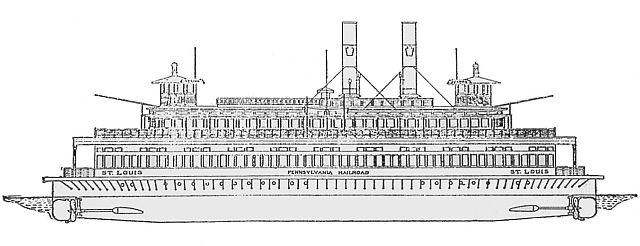
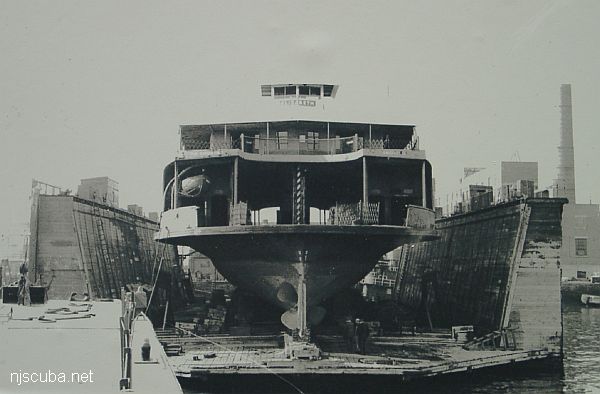
The End of the Commuter Ferries
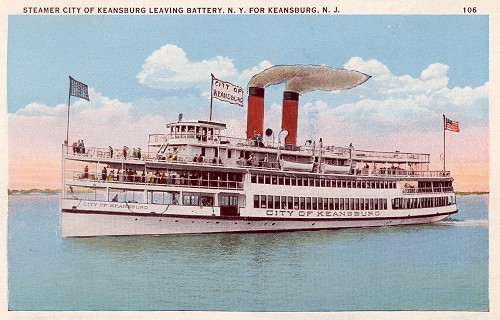
Built in 1926, the City of Keansburg and her sister the City of New York were the last, biggest, and grandest of the old cross-bay ferries. Although the steamboat dock in Keansburg was destroyed in a 1962 storm, she stayed in service at Atlantic Highlands until 1968. By this time, the cross-Hudson ferry service had already ceased. Ferry service, in general, declined in later years, due mainly to the ascendancy of the automobile, and all the bridges and tunnels that have been constructed for it.
A failed attempt to convert the Keansburg to a floating restaurant took it to Florida, where she remains today, rotting in the St. Johns River. One of her triple-expansion steam engines is on display at Allaire State Park.
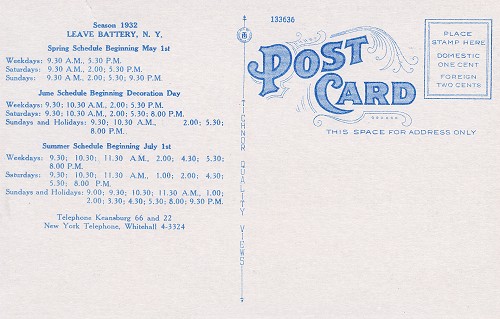
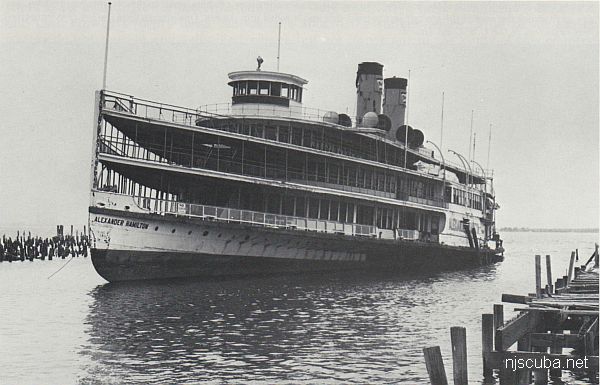
The Alexander Hamilton was the last of the steam-powered side-wheel riverboats of the Hudson River Day Line. Built in 1924, she ceased operations in 1971. A well-meaning group pulled the Hamilton from the mud in 1977 and moved her to a temporary berth along the east side of the Navy pier, planning to restore her as a museum. Unfortunately, at the new more-exposed location, the old vessel was sunk and reduced to scrap by a sudden storm in November of that year. The last records indicate that the wreck is still there.
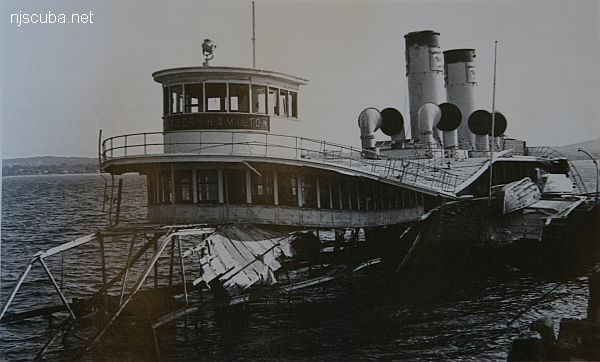
Ferry Service Reborn
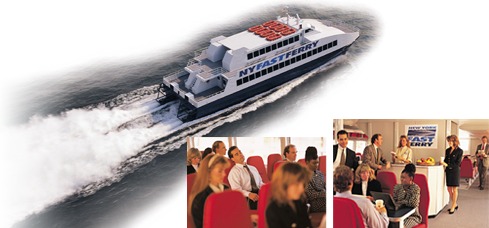
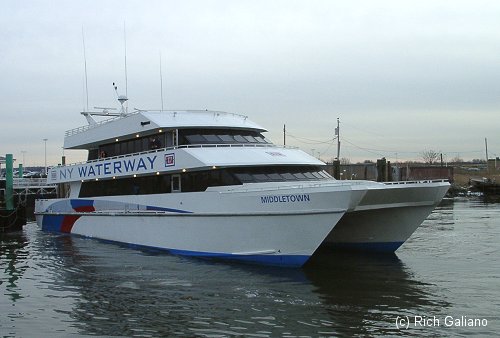
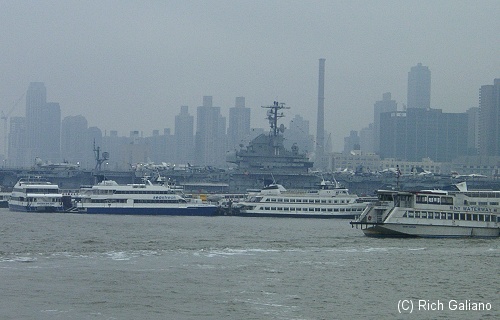
Diving Ferries
There are three ferries I know of in the area that are diveable:
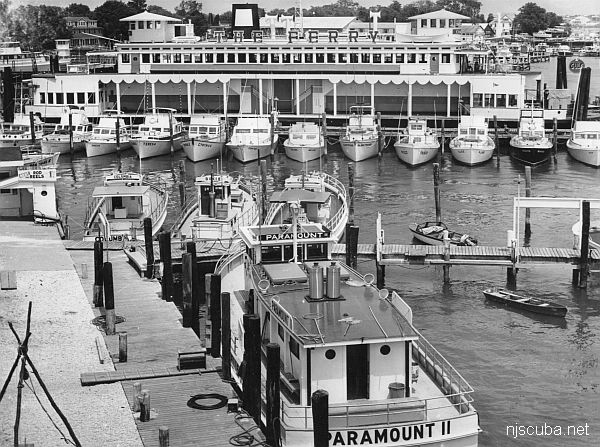
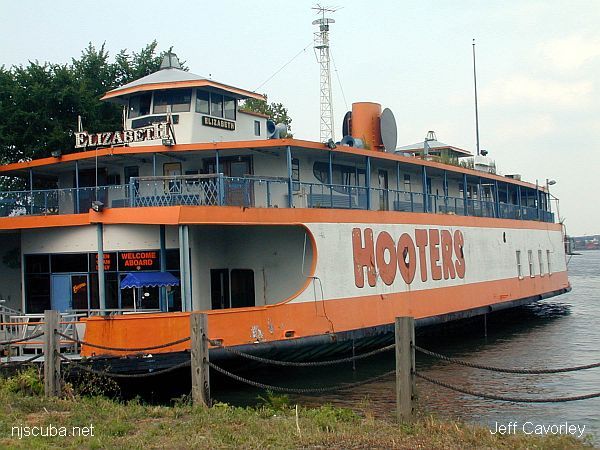
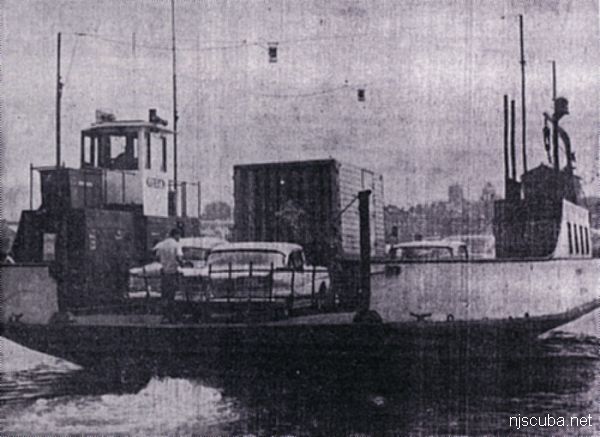
Here's a curiosity: the Mary Murray was a Staten Island Ferry, built in 1937. She has been beached on the south bank of the Raritan River in East Brunswick since 1982. Plans to convert her to a restaurant or a nightclub never materialized. Instead, it ended up as a semi-floating storage shed, filled up with scrap metal with steel garage doors welded on both ends. The owners are "waiting for the right offer', although it's hard to imagine what that would be.
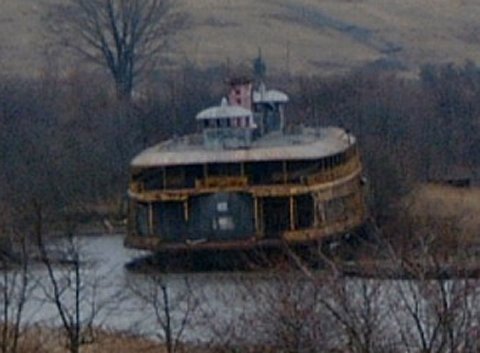
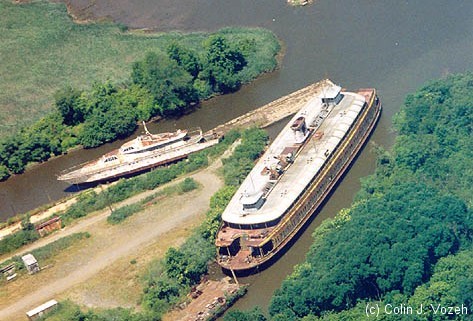
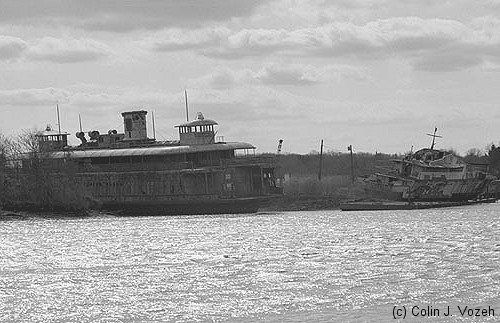
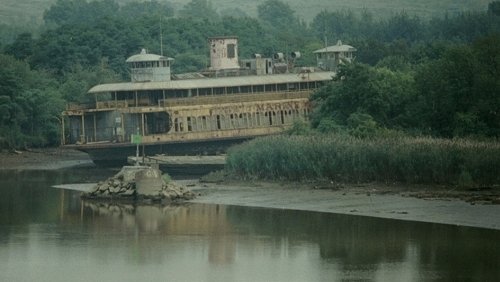
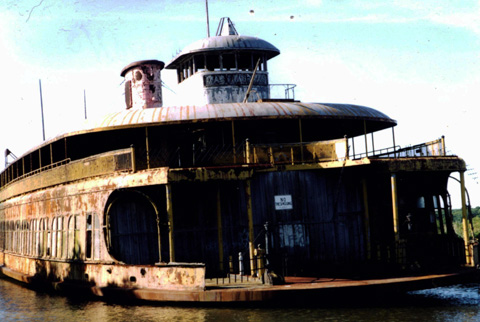
Why so many pictures of this old hulk? I guess I'm kind of intrigued by it. What a great artificial reef this would make - just think of swimming through the interior. But even if she could be floated, I doubt anyone would want to take the chance on moving her - she could sink in the river channel or elsewhere on the way to the reef site, which would be a very expensive accident. It's gone now.
Mary Murray pictures courtesy of Colin Vozeh / AvailableDark.com
Update:
The state finally put their foot down, and both of these vessels were scrapped.
